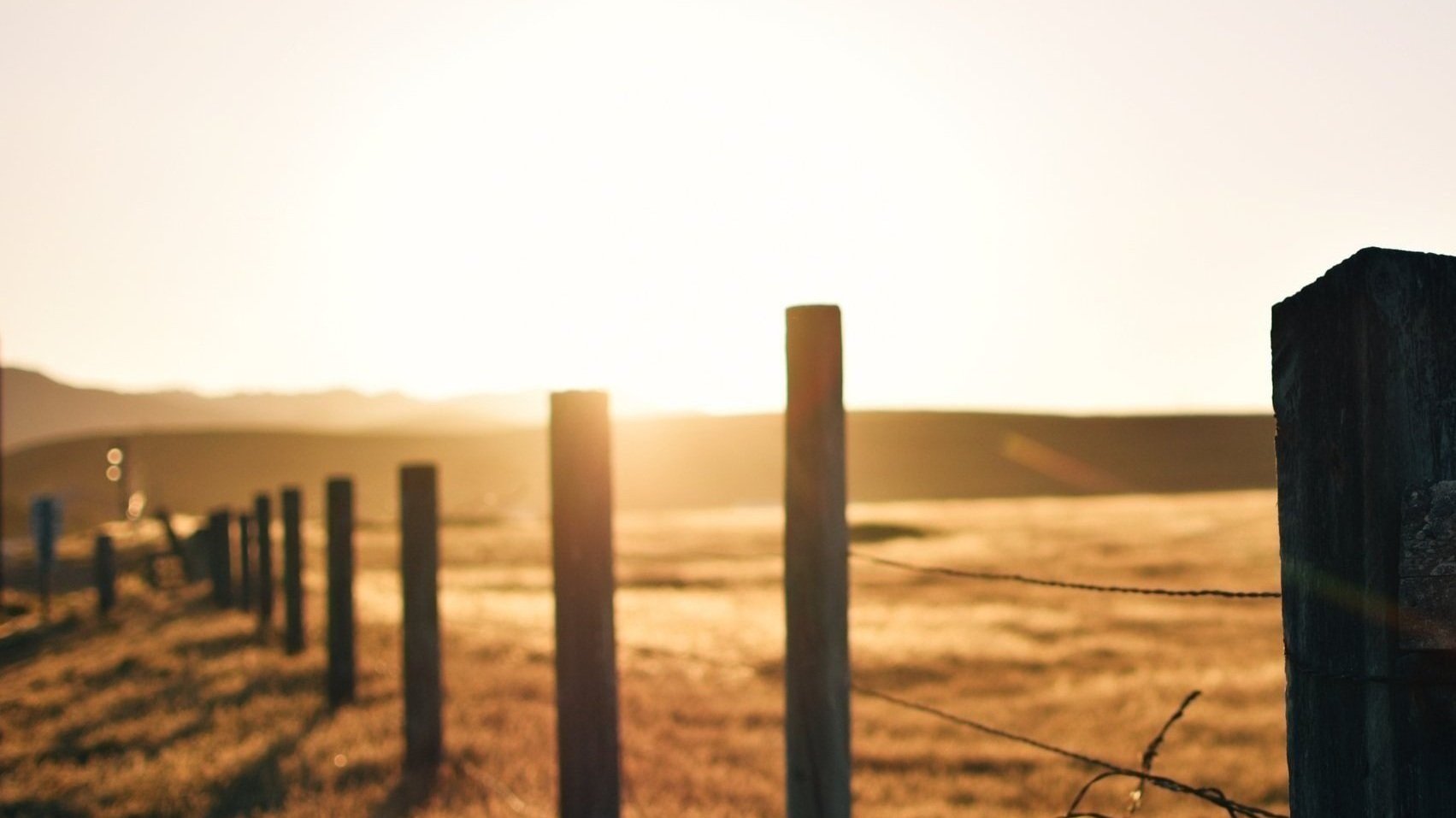
Explore Inspiring Episodes
Discover stories of resilience and innovation in agriculture. Whether you’re navigating challenges or building a legacy, our conversations with farmers and industry leaders are here to guide and inspire.
Check Out Our Recent Episodes
“Imperfect planning is still better than no planning. If you don’t talk about it now, the people you love are going to be in a really hard spot.”
Estate planning and transition planning tend to be the two conversations farm families avoid the most — and the two conversations that shape whether the next generation can continue the work at all.
I sat down with Jessica Groskopf, a Nebraska Extension Economist, farm wife, and daughter-in-law in a fourth-generation operation, to talk about how families can approach these decisions with honesty, clarity, and courage. Jessica has worked with farm families for more than a decade and understands the emotional, legal, and financial layers behind passing an operation on.
In this episode, Jessica breaks down the difference between estate planning and succession planning, how to get started when everything feels overwhelming, and what every family should gather before meeting with an attorney or advisor. Her insights are both practical and deeply human — especially as she shares her own family’s journey navigating a major buyout at age 32.
Whether you’re the generation stepping back or the one stepping forward, this conversation is one every ag family needs to hear.
Finding your place in agriculture isn’t always simple—or straightforward. In this special mashup episode of Farming on Purpose, we’ve pulled together stories from past guests who share how they discovered (and sometimes redefined) their role on the farm or ranch. From balancing family dynamics and business decisions, to stepping into unexpected responsibilities, to building side ventures that make staying on the land possible—these voices remind us there’s no one-size-fits-all job description in ag. Their journeys show the heart, grit, and creativity it takes to carve out a role that fits both your skills and your dreams.
Starting a farm from the ground up isn’t easy—but it’s possible. In this episode, I pulled together stories from beginning farmers who are doing just that. Some bought back family ground. Others started with just a few acres, raising food for their own families and learning as they went. A few had help, and many didn’t. But every single one had to work through doubts, learn from failure, and find their own way forward. These are the stories of grit, family, long days, and the kind of deep belief it takes to build something that lasts. Whether you’re dreaming of your first 10 acres or trying to prove yourself in a family operation, I hope this episode reminds you—you’re not alone, and your story is worth building.
” A topic we talk about on the podcast or have talked about several times is the stories that we tell ourselves and how much they matter and shape our daily lives.”
This summer, we’re shifting gears. No new guest interviews for a while. No solo deep dives. Instead, I’m pulling together the best insights from past episodes—nuggets of wisdom from the people who’ve shared their stories with us—to give you something meaningful to chew on while you’re feeding cows or folding laundry.
”We're not six year olds anymore. We're not children anymore. We're adult children and we're trying to raise our families too and continue a legacy. So there has to be grace on both sides.”
Building a relationship that can handle these conversations when they need to happen is important. I enjoyed talking with Paige Dulaney for this episode of Farming on Purpose and hearing how she is putting this into practice in conversations with her son, her father in law, and her own family in different ways..
”We're trying to create awareness to critical issues in food production that are important to consumers.”
Farming and ranching come with a lot of responsibility—and even more moving parts. Most of us are juggling land, livestock, weather, business, and family, all at once. It’s a lot to carry, and there’s no one-size-fits-all path through it.
“ I think the biggest thing is just starting that conversation and thinking about it and like coming up with a plan that works for you and your family, and that's gonna look different for everybody based on how old your kids are, how much you trust your kids.”
On today’s episode of the Farming on Purpose Podcast, I had the chance to talk with someone who’s seen both sides of the farm accident conversation—Katie Hammock. She’s not just a dairy farmer’s wife and mom of a toddler, she’s also an ER nurse at a level one trauma center in Virginia, where she sees agricultural injuries more often than any of us would like to imagine.
” Every little boy wants to be a cowboy when he grows up and so I think that's kind of kinda where it started.”
I’ve met a lot of folks in agriculture over the years. Some inherited the family operation. Others married into it. But every once in a while, I talk with someone who’s building it all from scratch. That’s what today’s conversation is about: grit, goats, and growing a ranch when no one hands you the reins.
Zak Copeland is a first-generation rancher running cattle and a goat grazing business out in Idaho. And I’ve got to tell you—his story hit home for me.









